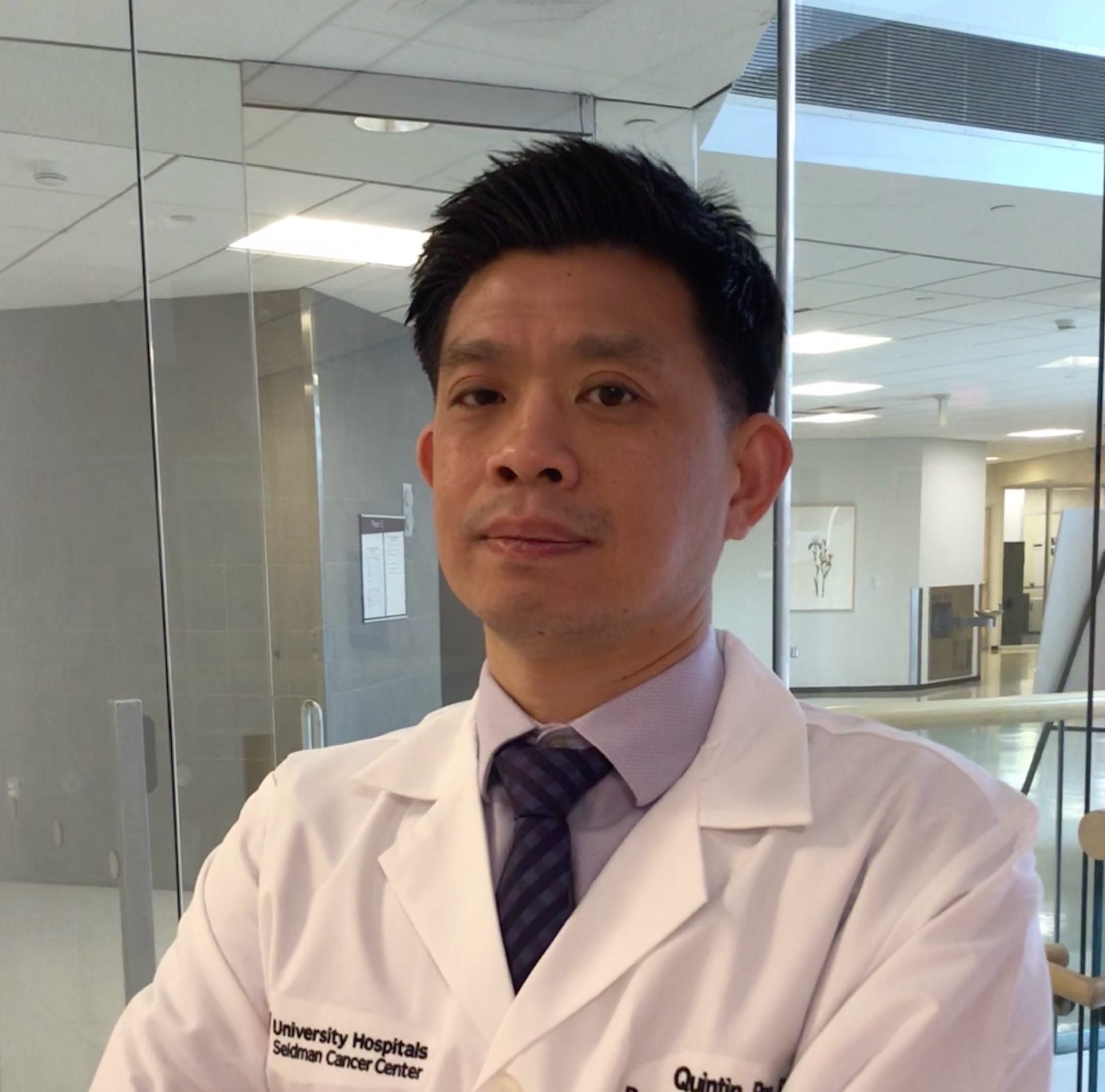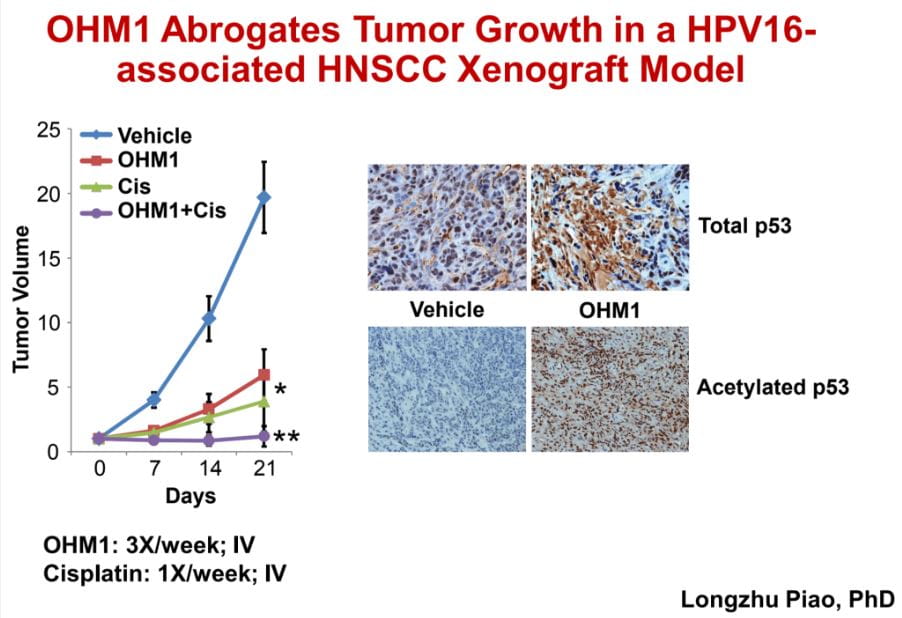Enhancing Understanding of Head and Neck Cancers
May 16, 2018
Dr. Quintin Pan to lead research at University Hospitals Seidman Cancer Center
 Quintin Pan, PHD
Quintin Pan, PHDQuintin Pan, PhD Deputy Director for Research, Dr. Lester E. Coleman, Jr. Chair in Cancer Research and Therapeutics, UH Seidman Cancer Center, has been studying cancer his entire professional life, driven by a vision that cancer can become a manageable disease. He is confident that the goal is reachable.
In his new position at University Hospitals, Dr. Pan intends to harness advances in genomics and high-throughput technologies to enable identification of molecular targets leading to the design, development and study of precise, anti-cancer therapies.
“Precision medicine is the future of cancer therapy,” says Dr. Pan, who was recently appointed Deputy Director for Research and Dr. Lester E. Coleman, Jr. Chair in Cancer Research and Therapeutics at University Hospitals Seidman Cancer Center. “Our research focuses on head and neck malignancies, however, the genetic alterations seen in this cancer are likely to be present in other cancers, as well.”
Dr. Pan explains the shift from histopathology to genetics.
“We are beginning to think of cancer not as a disease of different organ sites, but of genetic alterations,” he says. “For example, let’s say we have a hyperactive oncogene that is present in both breast and prostate tumors. We can design a drug to target this gene, and the drug can work for both types of cancer.”
As a professor at Case Western Reserve University School of Medicine, Dr. Pan is focused on translational oncology research, a specialty since his postgraduate and fellowship years at University of Michigan Medical School nearly two decades ago. UH Seidman Cancer Center – part of the Case Comprehensive Cancer Center (Case CCC) at Case Western Reserve University – has more than 300 ongoing clinical trials aimed at cancer treatment and prevention.
THE HPV LINK TO ANTI-CANCER DRUGS
Dr. Pan joined UH Seidman Cancer Center from the James Cancer Hospital at The Ohio State University, where he worked with Ted Teknos, MD, President and Scientific Director, UH Seidman Cancer Center, to study HPV-related cancers.
“HPV deactivates two anticancer genes, p53 and RB, which normally repair or kill abnormal cells,” Dr. Pan says. “We started out with a simple question: Can we somehow reactivate these inactive anticancer genes?”
Dr. Pan and his team showed that HPV proteins interact with a host protein, p300, in HPV-driven cancer cells to block activation of p53 and RB. They realized that disrupting this interaction may be a simple way to release p300 and reactivate p53 and RB.
ON THE PATH TO DRUG DISCOVERY
One of only seven centers in the nation with National Cancer Institute (NCI)-designated Phase I and Phase II trials for new drugs, UH Seidman Cancer Center is committed to advancing cancer therapies through innovative research. Dr. Pan’s appointment as the first PhD hired through UH to lead a research team solidifies that commitment.
Through the HPV studies, Dr. Pan established a productive collaboration with New York University’s Professor Paramijt “Bobby” Arora, an expert in synthetic drug design and synthesis. Working together, their research teams identified a lead compound that effectively reactivates p53 and RB. Dr. Pan and Dr. Arora were ultimately granted a U.S. patent for this drug to treat HPV-driven cancers.
Inthera Bioscience AG, the Swiss biotechnology company that licensed the patent, is working to get the new drug to Phase I trials by the end of 2019.
“We were lucky to make this discovery and to advance this quickly,” Dr. Pan says. “Typically, the drug discovery path takes more than a decade from conception to clinical trials.”
VISION FOR THE FUTURE
UH Seidman Cancer Center always has been clinically focused. Research is a new direction.
“We are interested in developing novel therapies in-house and running the clinical trials here, at UH Seidman Cancer Center,” Dr. Pan emphasizes. “Innovative research is dependent on human talent. So, we will need to recruit other folks with the same mindset to realize this vision.”
He adds, “What’s really missing in our field is an armory of smart drugs able to target every genetic alteration that can drive cancer. This is where I envision UH Seidman Cancer Center making an impact and moving this field forward.”



